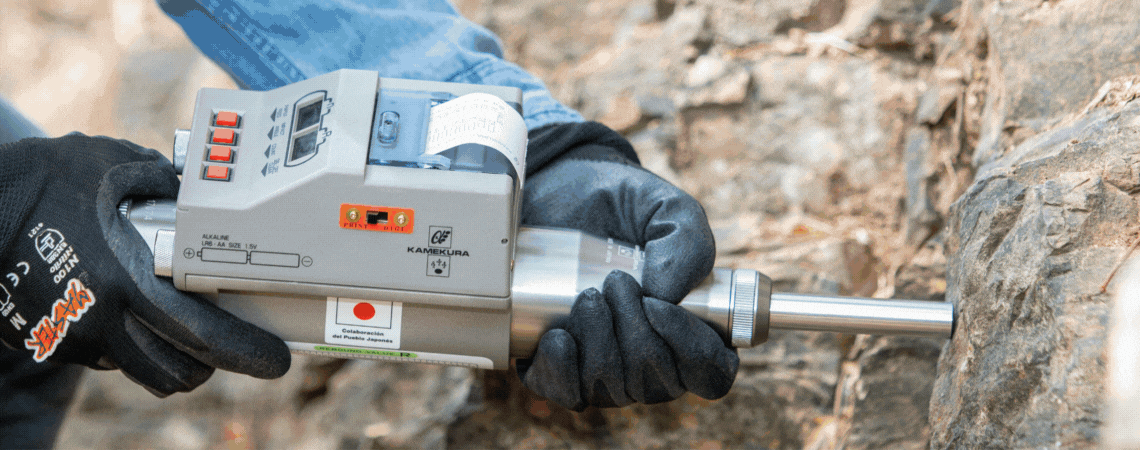The Escuela Superior Politécnica del Litoral (ESPOL) emerged as a response to the increasing demands for scientific and technical education in the country. It was created during the presidency of Dr. Camilo Ponce Enríquez, through Executive Decree No. 1664 published in the Official Registry on November 11, 1958. On May 25, 1959, 51 students officially began their academic life at ESPOL in two classrooms of the Casona Universitaria, under the direction of the first Rector, Ing. Walter Camacho Navarro, who was an Mining Engineer. It is worth noting that almost immediately after the creation of the Escuela Superior Politécnica del Litoral, in 1959, the activities of what was then called the Department of Mines began.
In the last months of 1964, when the first graduate of the academic unit had just been released, it was called the Department of Geology, Mines, and Petroleum. A total of five students, divided into three groups of different levels, were pursuing the only degree offered to obtain the title of Engineer in Geology, Mines, and Petroleum. The department had two full-time professors, two part-time professors, one assistant for the only existing laboratory, and one janitor.
The Faculty of Engineering in Geology, Mines, and Petroleum was formed in 1983 in response to the need to create these three careers. Initially, ESPOL only had the Mining Engineering specialty within the area of Earth Sciences. The current name, Faculty of Engineering in Earth Sciences (FICT), was adopted in 1989 with four careers: Mining Engineering, Geological Engineering, Petroleum Engineering, and Civil Engineering, the latter replacing Geotechnical Engineering. With some changes and improvements in the curriculum and the Faculty, these four careers have been maintained until the present time under the name of the Faculty of Engineering in Earth Sciences (FICT), which was established in 1989.
Starting from this year, the student population in Mining Engineering at ESPOL decreased to the point where in 1995, only 2 students were enrolled in the program. At the time, other universities were facing similar situations, and some even closed this specialization. To address this issue, ESPOL optimized all available resources and the potential of the program by conducting promotional campaigns and revising the academic curriculum. Despite the challenges faced, the Mining Engineering program at ESPOL remained open, which was rare for this field nationally.
Subsequently, with the implementation of the National Exam for Higher Education and the research conducted in Mega-projects in the Mining area, the number of students increased, and by 2015, there were 134 active students enrolled in the program.

